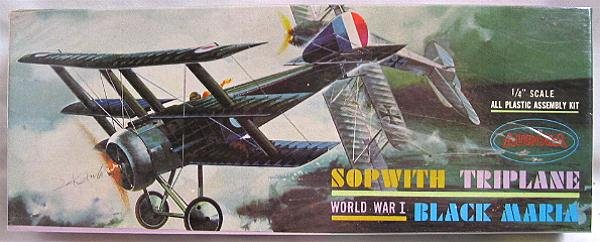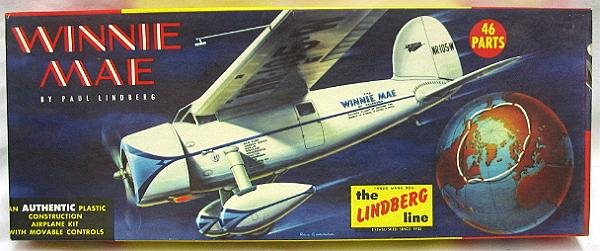By Fred Boucher and with Kit History by Alan Bussie
Kit History
Aurora’s Sopwith Triplane was the eighteenth model in Aurora’s twenty “Famous Fighters” of World War One aircraft series, with all kits in 1/48 scale. It was released in 1963 with the Fokker E-III, which is kit #134. Curiously, the Sopwith Triplane was released as kit number 100. The first kit in the series was 101-69, the French Nieuport II.
A factory sealed example of 100-79
The second release had a part number of 100-100 but the box art was identical. By the mid 1960s, pressure from retailers to remove the price suffix was peaking. Some dealers could or had to get higher prices for the kits, while large retailers often sold them for less. But old habits die hard, and Aurora (and others) simply increased the suffix prices. Since the box art was retained, the copyright date was still 1963. The actual release date was probably closer to ’65.
Continue reading “Aurora Sopwith Triplane ‘Black Maria’ Kit Review and History”


